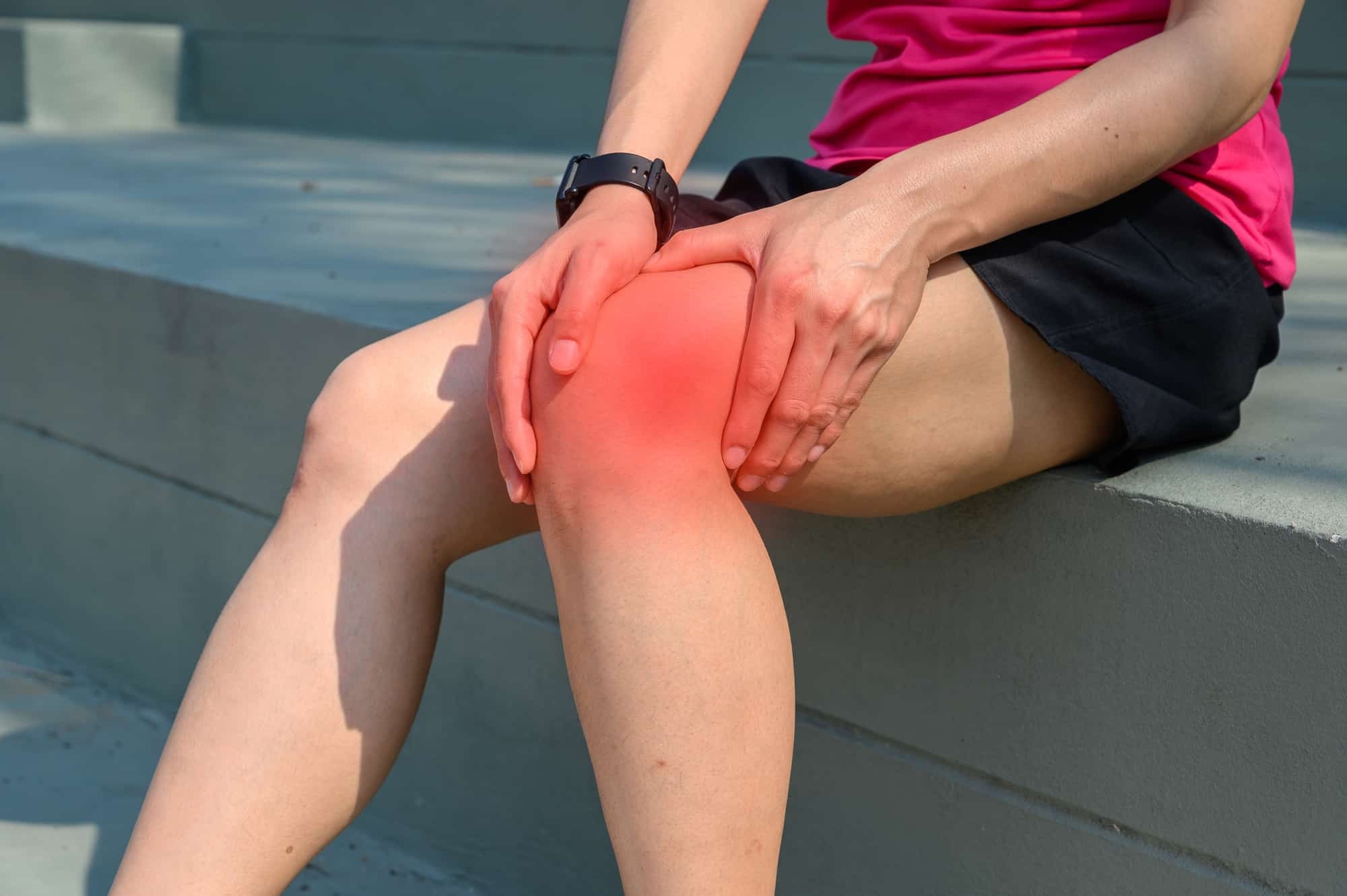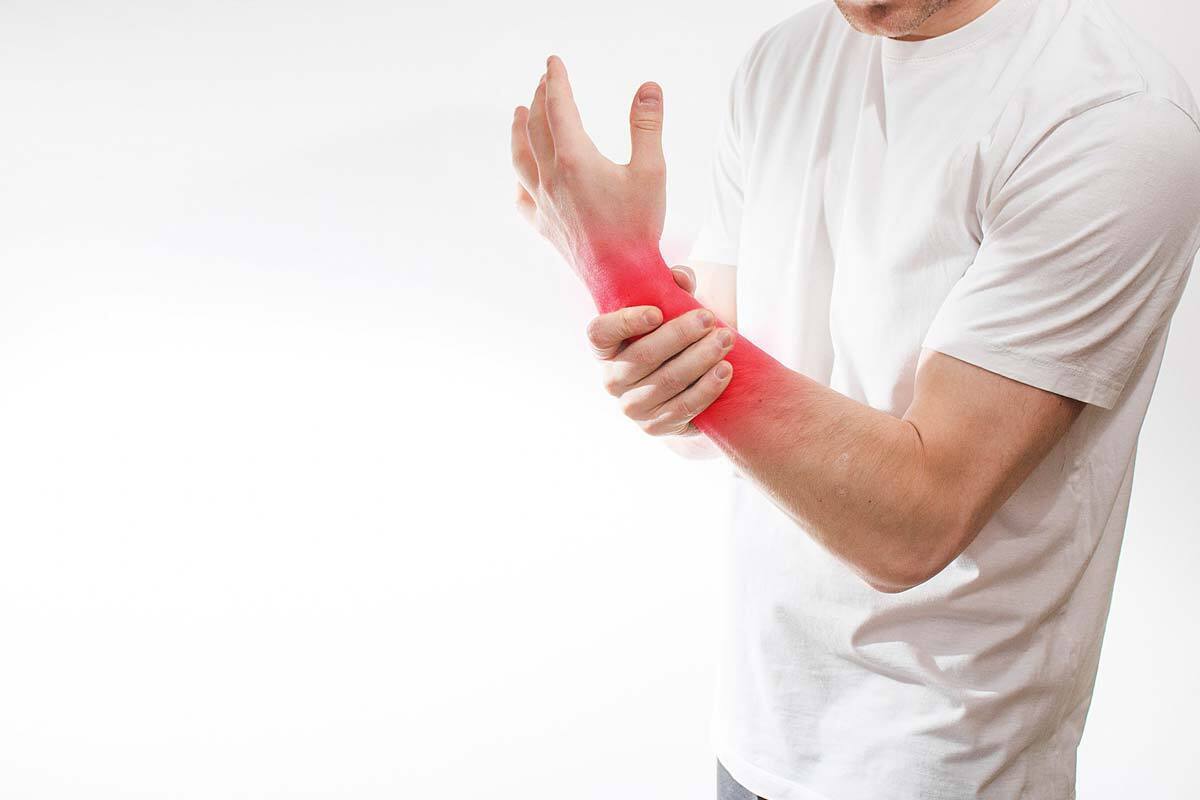
What is Iliotibial Band Syndrome (ITBS)? It's a common overuse injury that affects the outer part of the knee, particularly among athletes who engage in repetitive knee movements like running and cycling. The iliotibial band, a thick band of fibrous tissue, runs from the hip to the knee. When this band becomes tight or inflamed, it can cause significant pain and discomfort. Symptoms often include lateral knee pain and tenderness, which can worsen over time. Risk factors include high-impact activities, muscle weakness, and improper biomechanics. Understanding ITBS is crucial for effective treatment and prevention.
What is Iliotibial Band Syndrome?
Iliotibial Band Syndrome (ITBS) is a common overuse injury that affects many athletes. Understanding its causes, symptoms, and treatments can help manage and prevent this condition.
- Definition: ITBS is an overuse injury causing inflammation and irritation of the iliotibial band, a thick fibrous tissue running from the hip to the knee.
- Anatomy: The iliotibial band starts at the iliac crest and inserts at the lateral tibial plateau, covering the lateral femoral epicondyle and extending to the lateral patella.
- Causes: Repetitive friction and compression of the iliotibial band against the lateral femoral condyle during activities like running and cycling often cause ITBS.
- Symptoms: Lateral knee pain, tenderness on palpation of the iliotibial band, and sometimes pain radiating to the hip are common symptoms.
- Risk Factors: High-impact activities such as running and cycling increase the risk of ITBS. Young athletes who exercise frequently are also more prone to this condition.
Who is Affected by ITBS?
ITBS doesn't discriminate, but certain groups are more susceptible due to their activities and biomechanics.
- Prevalence: ITBS is the second most common running injury, accounting for about 12% of all running injuries.
- Gender Distribution: More females than males are affected by ITBS, though the exact reasons for this disparity remain unclear.
- Athletes Affected: Runners, cyclists, and skiers are commonly affected due to repetitive knee flexion and extension. U.S. Marines during training are also at high risk.
- Symptom Onset: Initial pain is often described as aching and burning, which can gradually become sharper as the condition worsens.
- Diagnostic Tests: Physical exams, including the Noble and Ober tests, help diagnose ITBS. Imaging tests like X-rays or MRIs may confirm the diagnosis.
Understanding the Mechanics Behind ITBS
Knowing the mechanics can help in both treating and preventing ITBS.
- Impingement Zone: An ‘impingement zone’ occurs at or slightly below 30° of knee flexion during foot strike and the early stance phase of running, causing tension in the iliotibial band.
- Muscle Weakness: Weak hip abductor muscles, such as the gluteus maximus and tensor fascia latae, can contribute to ITBS by causing the iliotibial band to become tight and inflamed.
- Biomechanical Factors: Overpronation or supination of the foot during running can contribute to ITBS. Adjusting gait mechanics through retraining programs can help mitigate these risks.
- Gait Retraining: Gait retraining programs that emphasize step rate manipulation can help reduce ITBS by altering running biomechanics.
- Muscle Stretches: Stretches targeting the muscles that attach to the IT band, like the tensor fascia latae and gluteus maximus, can be beneficial in preventing and treating ITBS.
Treatment Options for ITBS
Treating ITBS involves a combination of rest, physical therapy, and sometimes medication.
- Rest and Recovery: Resting the affected leg and avoiding activities that exacerbate the condition are crucial for initial treatment.
- Physical Therapy: Physical therapy can help alleviate symptoms by strengthening the hip abductor muscles and improving biomechanics. Techniques like foam rolling and self-myofascial release can also be beneficial.
- Medications: Over-the-counter pain relievers like ibuprofen or naproxen can help manage pain and inflammation. In severe cases, corticosteroid injections may be prescribed.
- Surgery: Surgery is rarely required but may be necessary if conservative treatments fail. Surgical options include releasing the iliotibial band or addressing underlying muscle imbalances.
- Rehabilitation Programs: Rehabilitation programs typically include rest, physical therapy, and strengthening exercises for the hip abductors. Customized programs based on individual biomechanics and activity level are often most effective.
Preventing ITBS
Prevention strategies can help reduce the risk of developing ITBS, especially for those engaged in high-impact activities.
- Prevention Strategies: Modifying training routines, incorporating strength exercises for the hip abductors, and using orthotics or shoe inserts can help reduce the risk.
- Exercises for Hip Abductors: Strengthening exercises like side leg lifts and clamshell exercises can help reduce the risk of developing ITBS by improving muscle balance.
- Foot Orthotics: Using foot orthotics or shoe inserts can help correct biomechanical issues like overpronation or supination, which may contribute to ITBS.
- Running Technique: Improving running technique by focusing on proper foot strike and stride length can also help reduce the risk of developing ITBS.
- Cycling Techniques: Proper bike fit and technique are crucial in preventing ITBS. Adjusting the saddle height and handlebar position can help reduce friction on the iliotibial band.
Lifestyle and Recovery
Making lifestyle changes and focusing on recovery can help manage ITBS and prevent re-injury.
- Lifestyle Modifications: Incorporating stretching and strengthening exercises into daily routines can help prevent ITBS and other overuse injuries.
- Self-Management Techniques: Techniques like foam rolling and self-myofascial release can help alleviate symptoms and improve recovery time.
- Nutritional Support: A balanced diet rich in protein, vitamins, and minerals is recommended for maintaining muscle health and preventing overuse injuries.
- Hydration: Proper hydration is essential for maintaining joint health and preventing overuse injuries. Athletes should aim to drink plenty of water before, during, and after exercise.
- Sleep and Recovery: Adequate sleep and recovery time are crucial for muscle repair and recovery. Athletes should prioritize getting enough rest to avoid overtraining and injury.
Monitoring and Professional Guidance
Continuous monitoring and seeking professional guidance are key to managing ITBS effectively.
- Professional Guidance: Seeking professional guidance from a healthcare provider or physical therapist is essential for accurate diagnosis and effective treatment.
- Continuous Monitoring: Monitoring symptoms and biomechanics is essential for preventing re-injury and ensuring a full recovery. Regular check-ins with a healthcare provider or physical therapist are recommended.
- Custom Orthotics: Using custom orthotics or shoe inserts can help correct biomechanical issues like overpronation or supination, which may contribute to ITBS.
- Gait Retraining Programs: Participating in gait retraining programs that emphasize step rate manipulation can help reduce the occurrence of ITBS by altering running biomechanics.
- Strengthening Exercises: Incorporating strengthening exercises for the hip abductors into training routines can help reduce the risk of developing ITBS by improving muscle balance.
Additional Tips for Managing ITBS
Here are some extra tips to help manage and prevent ITBS effectively.
- Flexibility Exercises: Incorporating flexibility exercises into training routines can help improve range of motion and reduce muscle tension, which may contribute to ITBS.
- Core Strengthening Exercises: Core strengthening exercises can help improve overall stability and reduce the risk of developing ITBS.
- Balance Training: Balance training can help improve overall stability and reduce the risk of developing ITBS.
- Plyometric Exercises: Plyometric exercises can help improve power and explosiveness while also reducing the risk of developing ITBS.
- Functional Training: Functional training can help improve overall functional ability and reduce the risk of developing ITBS.
Understanding the Duration and Pain Patterns
Knowing how long symptoms last and recognizing pain patterns can help in managing ITBS.
- Symptom Duration: Symptoms can vary from several weeks to several months if left untreated. Prompt treatment is essential to prevent chronic pain and disability.
- Pain Patterns: Pain can vary in intensity and location. Initially, it may be aching and burning but can become sharper and more persistent over time.
- Concomitant Conditions: ITBS can sometimes cause patellofemoral pain syndrome (PFPS), characterized by pain around and under the kneecap. Both conditions often involve similar biomechanical issues.
- Treatment Success Rates: With appropriate treatment, about 50 to 90% of people with ITBS can experience significant improvement within four to eight weeks. Some studies show recovery can occur within two to six weeks.
- Return to Activity: Gradually returning to activity under the guidance of a healthcare provider is crucial for preventing re-injury and ensuring a full recovery.
Final Thoughts on ITBS Management
Managing ITBS requires a combination of rest, physical therapy, and lifestyle changes. Here are some final tips to keep in mind.
- Injury Prevention Programs: Incorporating injury prevention programs into training routines can help reduce the risk of developing ITBS and other overuse injuries.
- Biomechanical Analysis: Conducting a biomechanical analysis to identify any underlying issues that may be contributing to ITBS is important for developing an effective treatment plan.
- Custom Orthotics: Using custom orthotics or shoe inserts can help correct biomechanical issues like overpronation or supination, which may contribute to ITBS.
- Gait Retraining Programs: Participating in gait retraining programs that emphasize step rate manipulation can help reduce the occurrence of ITBS by altering running biomechanics.
- Strengthening Exercises: Incorporating strengthening exercises for the hip abductors into training routines can help reduce the risk of developing ITBS by improving muscle balance.
Final Thoughts on Iliotibial Band Syndrome
Iliotibial Band Syndrome (ITBS) is a common overuse injury, especially among runners and cyclists. Understanding its causes, symptoms, and treatment options can help manage and prevent this painful condition. Key factors include repetitive knee movements, muscle weakness, and biomechanical issues. Treatment often involves rest, physical therapy, and sometimes medication or surgery. Prevention strategies like strengthening hip abductors, improving running techniques, and using orthotics can make a big difference. Remember, early intervention and proper management are crucial for a full recovery. Stay proactive, listen to your body, and consult healthcare professionals when needed. By incorporating these tips, athletes can reduce their risk of ITBS and continue enjoying their favorite activities pain-free.
Was this page helpful?
Our commitment to delivering trustworthy and engaging content is at the heart of what we do. Each fact on our site is contributed by real users like you, bringing a wealth of diverse insights and information. To ensure the highest standards of accuracy and reliability, our dedicated editors meticulously review each submission. This process guarantees that the facts we share are not only fascinating but also credible. Trust in our commitment to quality and authenticity as you explore and learn with us.


